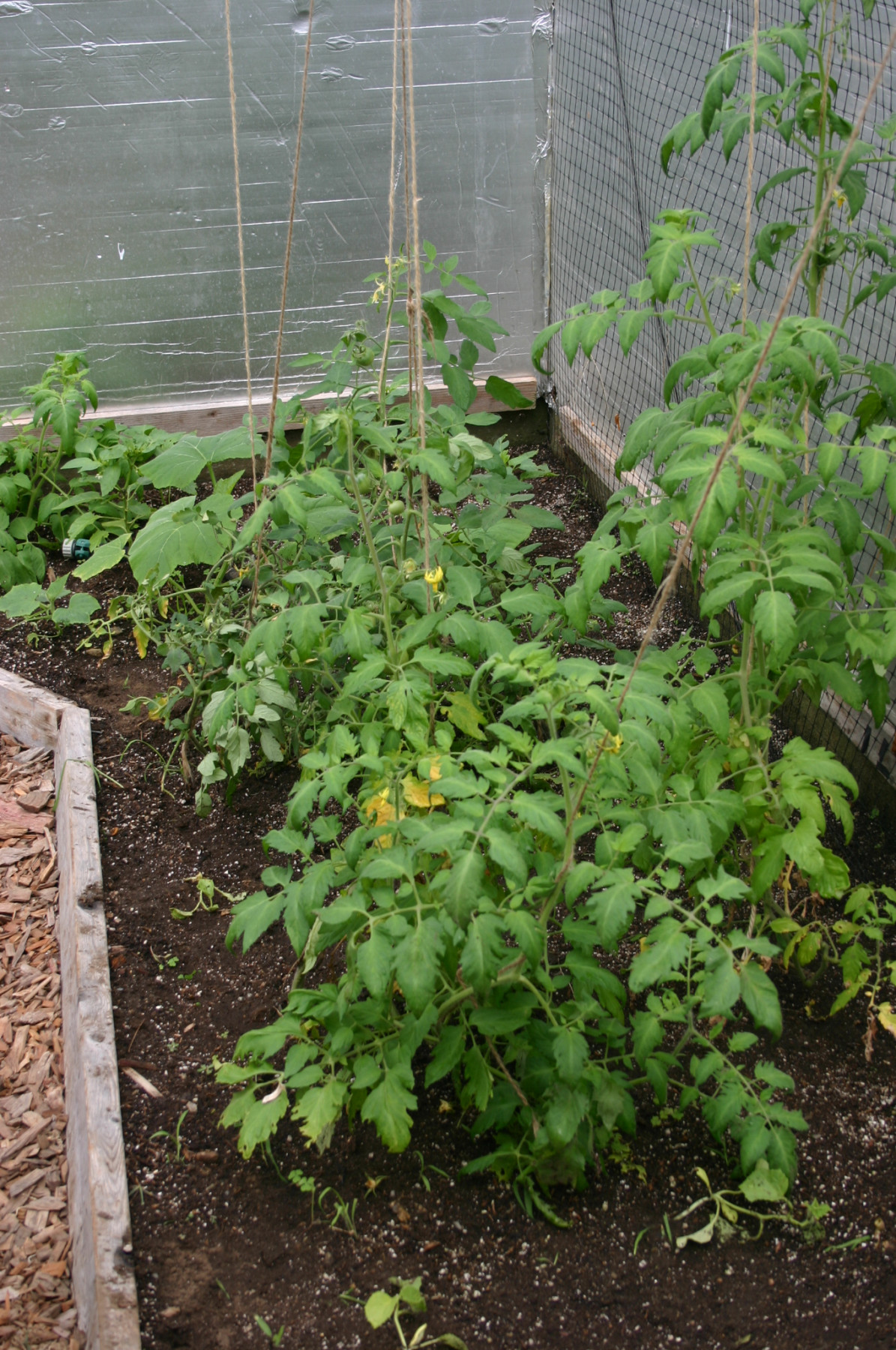
Keeping records of what goes on in a greenhouse can be an enormous help. It’s how I’ve learned precisely when to start my vegetable and flower seeds, as well as which potting medium and lighting conditions will give optimal germination and growth. From looking at my records, for example, I know that I get the best pepper (capsicum), tomato and eggplant seed germination using Pro-Mix BX potting soil and that these plants grow best if started in my germination chamber under artificial lights and then moved into the greenhouse. They take up to two weeks to germinate and must be started about three weeks before tomato seeds to have similar sized plants to set out. To have tomatoes ready to plant outdoors after danger of frost in my area has passed, I’ve learned that my tomato seeds must be started in early February. These are just some of the ways in which good recordkeeping eliminates greenhouse gardening guesswork.

Another part of my recordkeeping notes the temperature conditions both inside and outside my greenhouse, and the lighting conditions too. (Was it raining, snowing, cloudy, or sunny outdoors that day? Did I feel a need to use grow lights to supplement natural lighting? Were one or more heat mats in use?) By consulting these records, kept over many years, I have a very good idea of what is needed in my greenhouse to get the best plants.
In my unheated, freestanding greenhouse, with its inground beds, soil temperature is also important to record because the soil there doesn’t start to warm up until around early March. Some plants, fava beans for example, can handle cool soil, whereas others cannot. I’ve found that kale, chard, brassicas, and other greens will grow in this greenhouse almost all winter long, whereas crops like peas require warmer soil conditions. By monitoring soil temperature, I know I can start peas in this greenhouse in early March, training the plants to grow up the insulated back wall. In this way, I obtain a crop of peas a full three to four weeks before the peas planted outdoors are ready for harvesting.

I keep additional records as well for this freestanding greenhouse. For instance, I record what soil amendments I add before, during, and after plants are sown, cultivated, and harvested. I also keep plot records to keep track of what plants I set out where, so that tomatoes, for example, aren’t planted where they grew the previous year. Even though space in this greenhouse is limited, my tomatoes get moved around every year, a process that makes them less susceptible to soil-borne diseases. Other kinds of plants also benefit from crop rotation. Unless written records of locations are kept, it’s easy to forget where various plants were grown from year to year.
Keeping greenhouse records is not difficult. All you need is a loose-leaf notebook with both lined and unlined pages. Make headings on lined pages for date, temperature, outdoor weather, light conditions, soil type, activity conducted, and supplements of any kind added to the environment. Use unlined pages for drawings of plant locations in the greenhouse, keying those locations to the other data you collect. Unlined pages can also include notes on how well the various plants are doing and specific problems that might arise. With this system, I’ve learned, for example, that my orchids do best at the back of my heated greenhouse where they receive a few more degrees of heat from the insulated rear wall. By keeping such records and referring to them regularly, I’ve been able to tell from year to year the conditions that are most favorable for my plants, what supplementary measures are needed, and how abundant a particular harvest or a flower output is. It’s my way of getting the most I can from a greenhouse.


